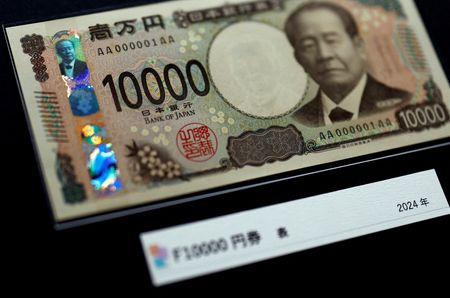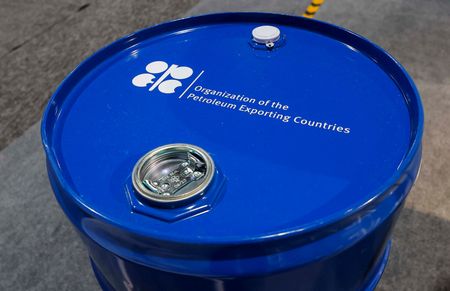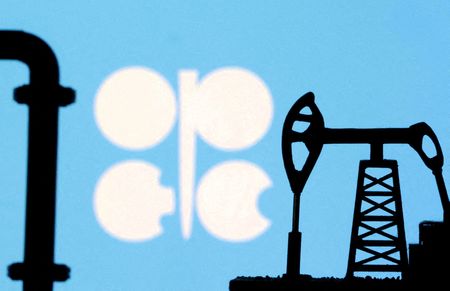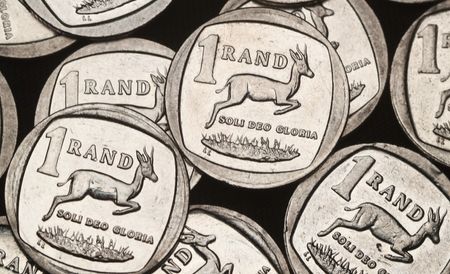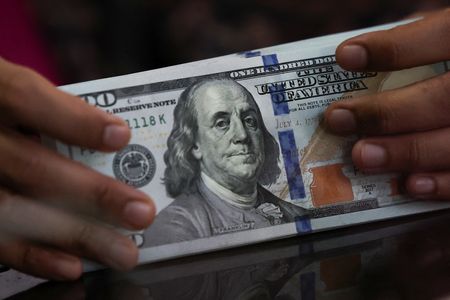By Laura Matthews
NEW YORK (Reuters) – The U.S. dollar weakened against the yen on Thursday, as softer-than-expected U.S. economic data and growing confidence for a Bank of Japan interest-rate hike sent it tumbling to a near one-month low against the Japanese currency.
Recent remarks from BOJ Governor Kazuo Ueda and his deputy Ryozo Himino have made clear that a hike will at least be discussed at next week’s policy meeting.
Markets see about a 79% chance of a 25-basis-point increase.
Japan’s annual wholesale inflation held steady at 3.8% in December on stubbornly high food costs, data showed on Thursday.
The greenback was down 0.81% against the yen at 155.2, its lowest since Dec.
19.
“We anticipated that there would be a nuanced U.S. dollar behavior, that [it] would likely be stronger relative to a number of currencies, but would be weaker relative to the Japanese yen,” said Kristina Hooper, chief global market strategist, at Invesco U.S.
“I think the general direction for JPY and the general direction for the dollar suggests that we will have a stronger yen to dollar.”
The dollar was weaker against the euro, which rose 0.1% to $1.03, as traders digested a slew of mixed economic news to gauge the outlook for the Federal Reserve’s rate cuts this year.
U.S.
retail sales rose 0.4% last month after upward revisions the previous month, data from the Commerce Department’s Census Bureau showed.
Meanwhile, the number of Americans filing new applications for unemployment benefits increased more than expected last week, but remained at levels showing a healthy labor market.
The Philadelphia Fed Business Index, which jumped to 44.3 in January, was the lone surprise as the forecast was for a reading of minus 5.
That left U.S.
dollar index – a measure of the value of the greenback relative to a basket of foreign currencies – down 0.05% at 108.97.
Amo Sahota, director at Klarity FX in San Francisco, said Wednesday’s softer consumer prices data continues to drive the markets’ tone, driving expectations that the Fed would still be pushing towards two rate cuts this year.
But the sign of disinflation is happening when inflation could re-escalate, depending on the incoming administration’s trade policy.
“The markets are generally in a slightly more upbeat mood, but in a holding pattern here until we get through Monday,” said Sahota.
That’s when Donald Trump returns to the White House with some policies analysts expect will boost growth as well as increase price pressure.
Another focus for markets on Thursday, was the nomination hearing of Trump’s choice of Scott Bessent to head the Treasury Department.
Bessent is expected to keep a leash on U.S. deficits and to use tariffs as a negotiating tool, mitigating the expected inflationary impact of economic policies expected from the Trump administration.
“So far, he hasn’t really said anything too far away from what we’re kind of expecting,” Sahota said. “This is a government … which needs to resolve itself on spending.
So, we’re looking at government spending to come down. They really want to implement back in the tax cuts, we’ve seen that headline come through.”
Traders who have been growing more worried about inflation responded with relief to Wednesday’s U.S.
data, buying stocks and sending benchmark 10-year Treasury yields down more than 13 basis points.
Treasury yields slipped on Thursday, after Federal Reserve Governor Christopher Waller said three or four interest cuts this year were still possible if U.S.
economic data weakened further.
Sterling was down 0.13% at $1.2228 against the dollar, having also earlier dropped sharply against the yen on Thursday as investors focused on monetary policy divergence after last week’s selloff in gilts and the pound.
China’s yuan, seen on the front lines of tariff risk, was pinned near the weak end of its trading band at 7.3316.
[CNY/]
Currency
bid
prices at
16
January
08:54
p.m.
GMT
Descripti RIC Last U.S. Pct YTD Pct High Low
on Close Change Bid Bid
Previous
Session
Dollar 108.96 109.03 -0.05% 0.43% 109.4 108.
index 82
Euro/Doll 1.0299 1.029 0.1% -0.51% $1.0315 $1.0
ar 26
Dollar/Ye 155.19 156.505 -0.83% -1.36% 156.42 155.
n 135
Euro/Yen 159.84 160.97 -0.7% -2.07% 161.08 159.
77
Dollar/Sw 0.9111 0.9129 -0.18% 0.41% 0.9142 0.91
iss
Sterling/ 1.223 1.2245 -0.09% -2.19% $1.226 $1.2
Dollar 173
Dollar/Ca 1.4393 1.4339 0.39% 0.1% 1.4403 1.43
nadian 24
Aussie/Do 0.621 0.6227 -0.24% 0.39% $0.6248 $0.6
llar 192
Euro/Swis 0.9382 0.9389 -0.07% -0.12% 0.9394 0.93
s 71
Euro/Ster 0.8418 0.8402 0.19% 1.75% 0.8438 0.84
ling 07
NZ 0.5606 0.5616 -0.11% 0.25% $0.5633 0.55
Dollar/Do 82
llar
Dollar/No 11.3595 11.3256 0.3% -0.05% 11.4002 11.3
rway 108
Euro/Norw 11.701 11.6542 0.4% -0.58% 11.714 11.6
ay 48
Dollar/Sw 11.1507 11.1536 -0.03% 1.21% 11.1937 11.1
eden 288
Euro/Swed 11.485 11.4806 0.04% 0.16% 11.499 11.4
en 75
(This story has been corrected to clarify that the size of a possible BOJ rate increase is 25 basis points, not 50 basis points, in paragraph 2)
(Reporting by Laura Matthews; Additional reporting by Stefano Rebaudo in Milan; Editing by Emelia Sithole-Matarise, Alison Williams and Alistair Bell)


